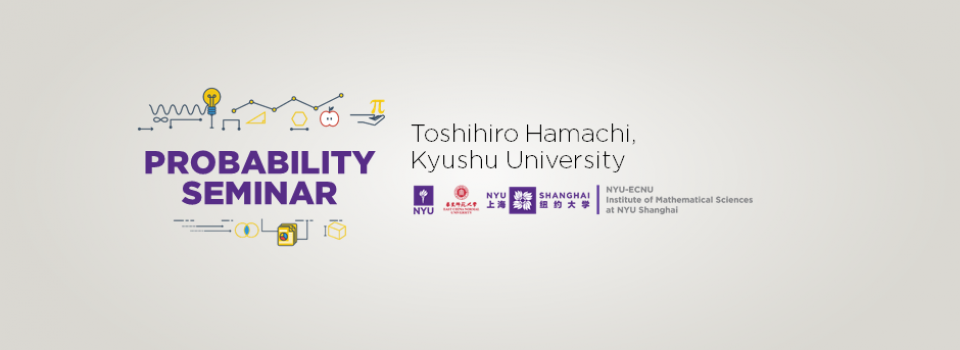
ABSTRACT OF THE TALK
Given a finite alphabet the space of bi-infinite sequences of letters chosen from the alphabet is called a subshift when there is a set of words of the alphabet called forbidden words which do not appear in the sequences. When the set of forbidden words is finite, the subshift is called a shift of finite type (SFT). It is known from various points of view that SFT's are quite random. A subshift is endowed with the natural compact metric topology. Namely two such sequences of the subshift are close if on a long time interval including time 0 they coincide. The shift mapping is defined on the space and turns out a homeomorphism. The shift mapping itself is also called a subshift. A homeomorphism from a subshift into another subshift is called an embedding if it intertwines the shift mappings. In particular if the homeomorphism is onto, it is said to be a conjugacy. We are concerned with embedding of SFT's as a source in order to understand randomness of the target. When the target is an SFT too, there is a beautiful theorem known by W.Krieger to give an embedding condition. It says that embedding is governed by two conjugacy invariants, the number of periodic points for a short period and topological entropy.
In this talk as a target space we deal with two prototype subshifts in a certain class of subshifts which are quite different from SFT. One is the Dyck shift and the other is the Fibonacci- Dyck shift. We show the embedding conditions. We also show a generalization a little.
BIOGRAPHY OF THE SPEAKER
Toshihiro Hamachi is an Emeritus Professor at Kyushu University, Japan. His main research topic is Ergodic Theory.


